Is it Time for a Logo Redesign?
Redesigning your logo is like giving your brand a facelift. However, there are many factors to consider before diving in, to ensure your logo redesign is a success, not a flop.
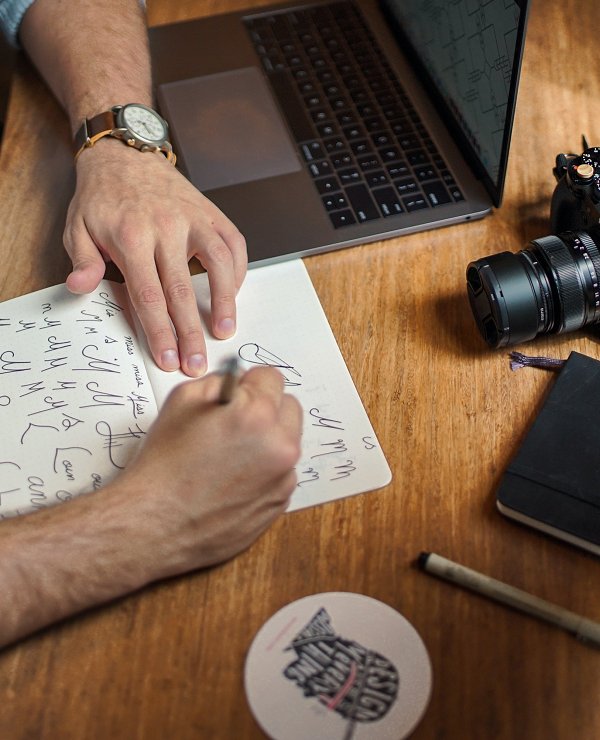
What purpose does a logo serve for your brand? Usually, it’s the public facing part that potential customers interact directly with, the root of most of your brand equity. Your logo is sort of like the actors in a movie. They’re the ones that the audience sees on screen, the final product, their performances the culmination of a lot of people’s hard work.
The rest of your brand is like everyone else involved in a movie, the directors, producers, crew, writers, who craft the finished product that’s displayed to the public. So having an expertly-crafted brand will ensure that your logo is properly situated, targeted, and designed to connect with the customers outlined in your brand strategy.
However, as times change, and your brand changes with them, an age-old question pops up: is it time for a logo redesign? Redesigning your logo can be risky, because of the potential of it backfiring, which can be extremely damaging to your brand. Most consumers prefer the inertia of what they know (that’s why brand loyalty exists in the first place), so they’re going to be naturally resistant to any change.
Vrrb is here to walk you through the treacherous logo design decision. We are experts at guiding brands into prosperous futures, so we understand what makes a perfect logo redesign. Let’s jump in, and see what we can figure out.
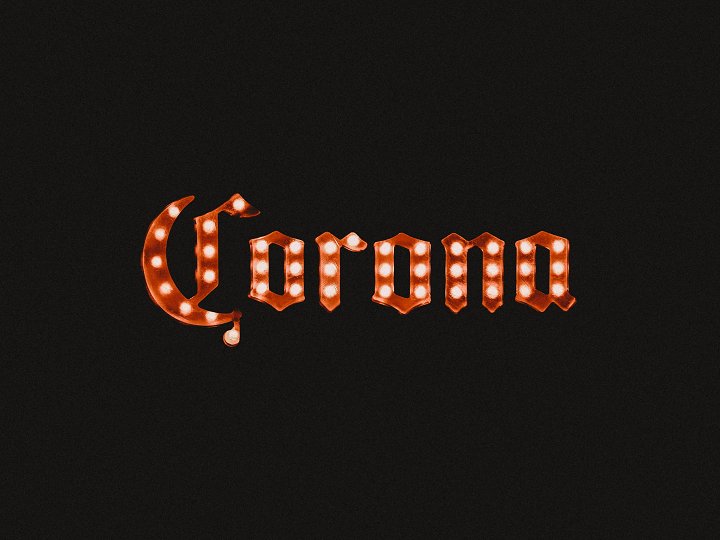
What to consider in a logo redesign
While there are numerous things to consider when deciding whether or not to redesign your logo, we’ve pulled out a few of the most pertinent, to help guide your thought process.
-
Will my new logo align with my existing brand? If you’re not going to do a full rebrand (we’ll touch on this later on), you need to ensure that your new logo still aligns with the characteristics of your existing brand. If it doesn’t, you can be in the danger zone, where your new logo begins harming your brand equity, rather than boosting it. You also need to consider that, if your new logo will realign with your existing brand, have you changed the logo enough to make your investment in the design process worthwhile? If you’re only making a few minor changes, maybe the logo isn’t your main problem.
-
How much will it cost to reprint/redesign all of my assets? While a logo redesign may seem like a cheap and quick way to breathe new life into your brand, this idea can be very deceiving. Redoing the logo is one thing, but you must remember that you will also need to redesign everything that your logo appears on as well, in order to retain brand consistency. Take a look around your office or computer right now, and count up the number of unique places where your logo appears. From print collateral, to digital assets, to company merchandise, every single item will need a redesign, which can quickly balloon the cost of your logo redesign.
-
How does my logo apply to current and new tech platforms? Modern logos must be flexible enough to appear in dozens of locations, including new media channels and platforms every year. This means that your logo can’t be too tied to the medium. Considering the possibilities for your logo means keeping it open to wherever and however it will be displayed in the future.
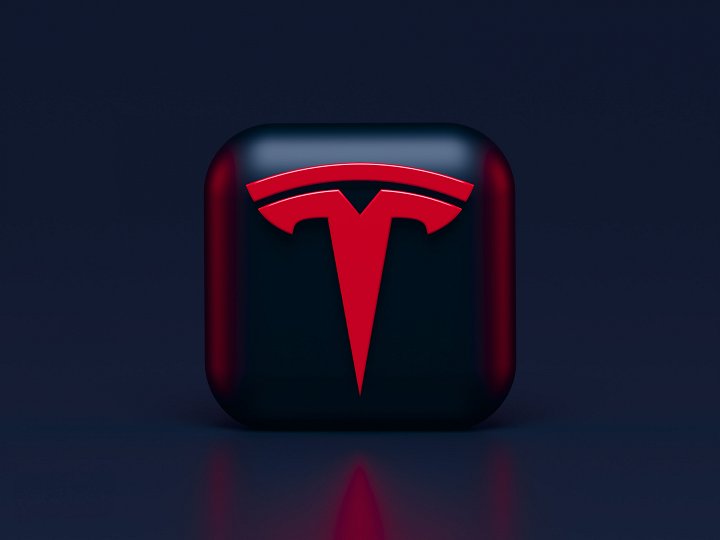
When to choose a full rebrand
While redesigning your logo can seem like the quick, easy, and effective refresher that your brand needs, sometimes it isn’t your best choice. If your new logo doesn’t align with your existing brand, or your new logo is accommodating a large change in the company, you should consider a full rebrand instead.
Undertaking a complete rebranding project not only opens up more creative possibilities for your company, but it also removes the restraints of pairing a new logo with an existing brand. Instead of trying to navigate this often awkward partnership, a full rebrand ensures that your logo fits in snugly with all of the other brand assets and strategy created during the rebranding process.
How it can go right, and how it can go wrong
Best Case: Mozilla
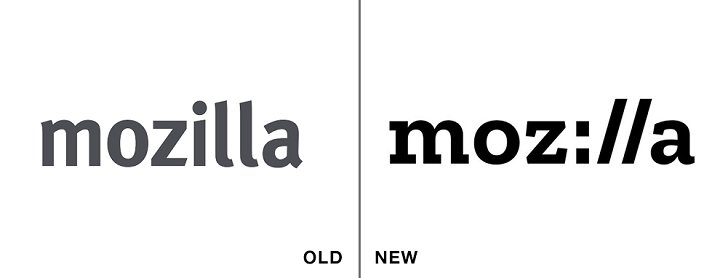
Mozilla used a crowdsourced logo redesign process, in order to assimilate harsh opinions into the process, rather than have their new logo scorched by the internet upon its reveal. By taking public input on their new logo options, they came to a satisfactory conclusion, with their stark new logo/wordmark incorporating a colon and slash marks (universal domain symbols) into their logo and name. This process put both consumers and the product at the centre of the Mozilla brand, with the actual user input, and putting their product literally in the centre of their logo.
Worst Case: Kraft
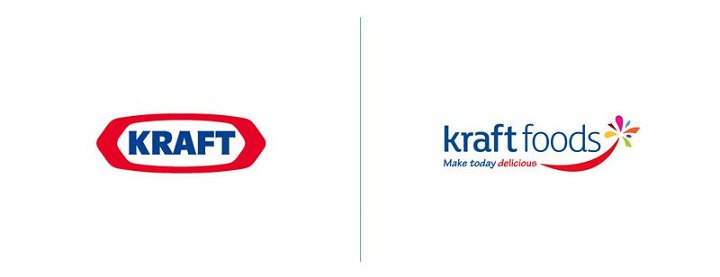
The old Kraft logo is one of the most recognizable in North America, with brand equity connected to so many of the foods and drinks we love. However, their logo redesign process went awry, when they attempted to bring too many elements into a classic brand. With words both capitalized and lower case (without much reason), nine different colors, a couple fonts, a tagline, and an oddly-placed swoosh, there’s way too much going on in the Kraft redesign. They made the smart decision to stick with the classic logo, showing the wisdom to avoid a failure even though it had been heavily invested in.
As you can see, logo redesign can go really right, or really wrong, especially when you push it to more extreme design areas. A well done logo redesign usually involves minor updates, to align with the times, and to add new energy to the brand. Anything beyond that, as with the Kraft example, and you should probably consider a full rebrand. If you need help deciding what direction is right for you, contact the Vrrb team today!